A couple of weeks ago, Mrs Webster launched a wordsearch if you haven’t had a chance to give it a go click the link below
Methlick Primary School Wordsearch
Here are the answers, let us know how you got on
A couple of weeks ago, Mrs Webster launched a wordsearch if you haven’t had a chance to give it a go click the link below
Methlick Primary School Wordsearch
Here are the answers, let us know how you got on

These are the levels you can move up through –
10 words for each level!
Anyone can have a go!
Score Sheet – click to open a PDF to download and mark your score on
The sheets we have been using to learn about the ‘ee’ sound are attached below, just incase you want to ‘brush up’ your skills before you start!

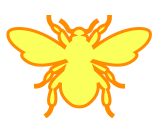

Long vowel ee sound at the end y or ey
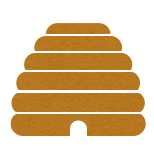
We have been learning about the parts of the bee by listening to the Campbell Family, reading for information about bees and to label diagrams with Mr Mutch. By doing this you have been learning to sound out and read and write these words. This level will ask you to spell some of the bee’s body parts.
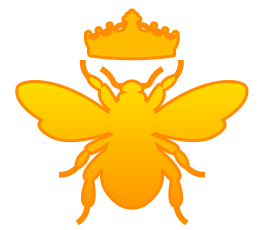
The parts of any living thing can be called it’s anatomy. Find out more information about the anatomy of a bee on this site. This level will ask you to spell some of these specialist words. Remember your spelling strategies.
Hello Boys and Girls,
Mrs Still has been very busy making a Methlick Primary School Playground Quiz, how cool is that?
Please have a look at it and try this out Family Fun for a Friday 🙂
Good morning everyone. Time for another bit of Friday fun.
As the weather is getting warmer, we are starting to see more and more butterflies visiting our gardens. Plants like lavender and buddleia (also known as ‘the butterfly bush’) are very attractive to butterflies, but not everyone has them growing in their garden. Today’s activity is designed to encourage more butterflies to visit yours.
All the step-by-step instructions are contained in the Sway. You should have most of the ingredients at home and, if not, they are easy to find.
I hope you give it a try – the butterflies will be grateful!
Hopefully you will soon have lots of visitors to your garden. Don’t forget to come back to the blog and let me know how many butterflies you have seen.
You can find out how to identify butterflies here:
Butterfly Identifier
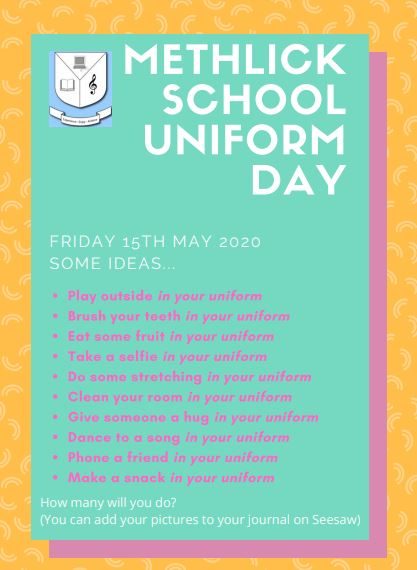
As our Eco-fortnight draws to a close, here is one last post on the subject of bumblebees.
The Bumblebee Conservation trust has a collection of activities and fact files for all ages. Click on the link below to find out more:
Read the article in the following link. If you can, print off the worksheet, complete the crossword and label the different parts of a bee.
Finally, click on the Sway to find a series of questions to test your knowledge of bees! Remember to answer in complete sentences.
Hello Everyone !
Another nice and easy interactive activity today, all you need is the Greta document and some colouring in pencils or you can highlight electronically, click my sway below to find out more.
Good Morning Everyone
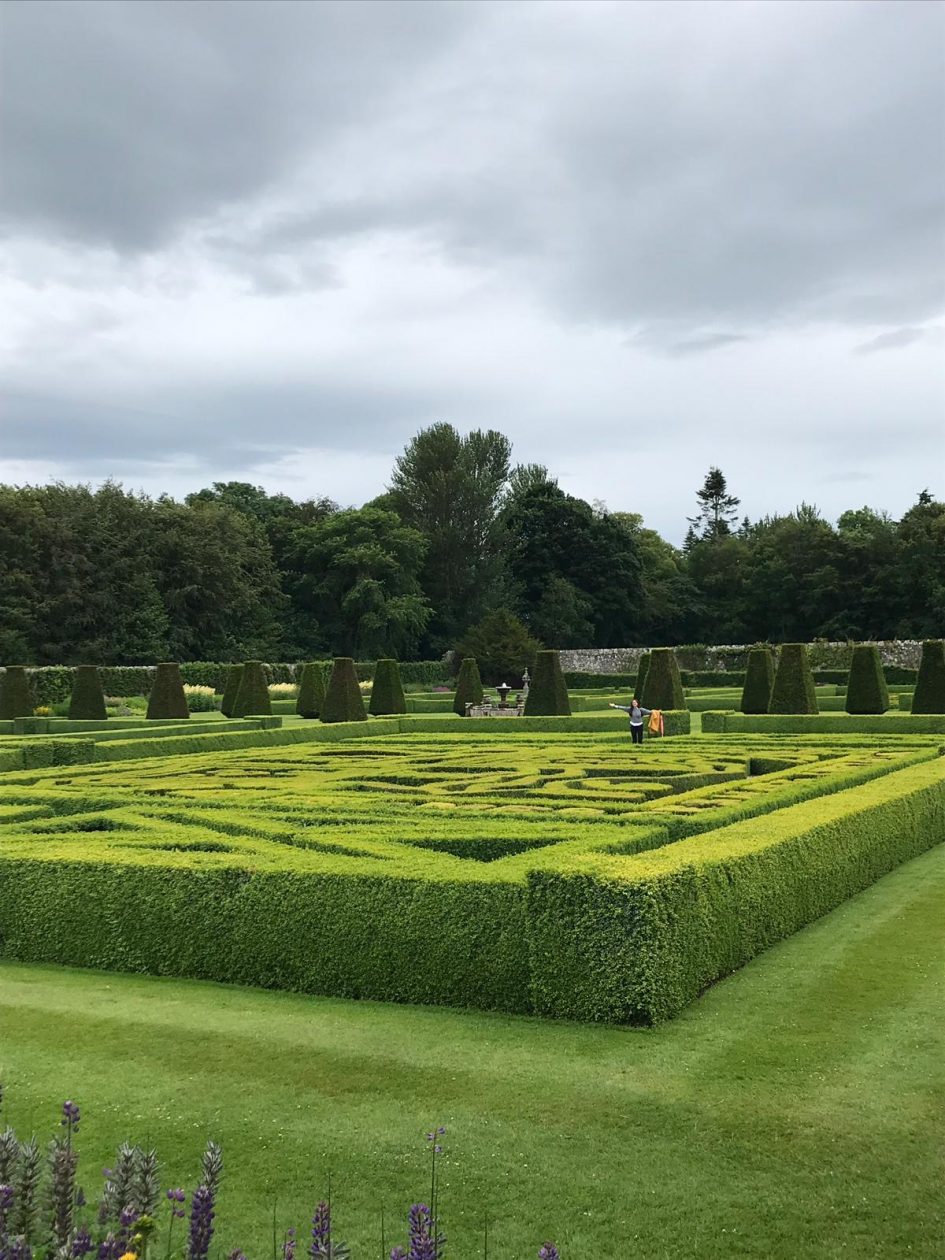
You might be thinking: How is Miss Maturana in Pitmedden Gardens related to our activity today? Well, as you can see in the title you will make a maze to play today and Pitmedden Garden has a beautiful maze that I loved running into! Luckily I didn’t get lost! The maze you will do today is a special maze because it will have magnetic force in it. Go through the materials and steps to see what will happen. Let’s see!
Questions
Materials
Steps

2. Allocate the magnet under the plate and the other material on top of the carboard, same position. Now, move your magnet and see what happens.

Let’s Play! You can challenge each other or yourself with timing.
Fill in this chart on your learning journal so you can see which materials will be moved by the magnet and which won’t.
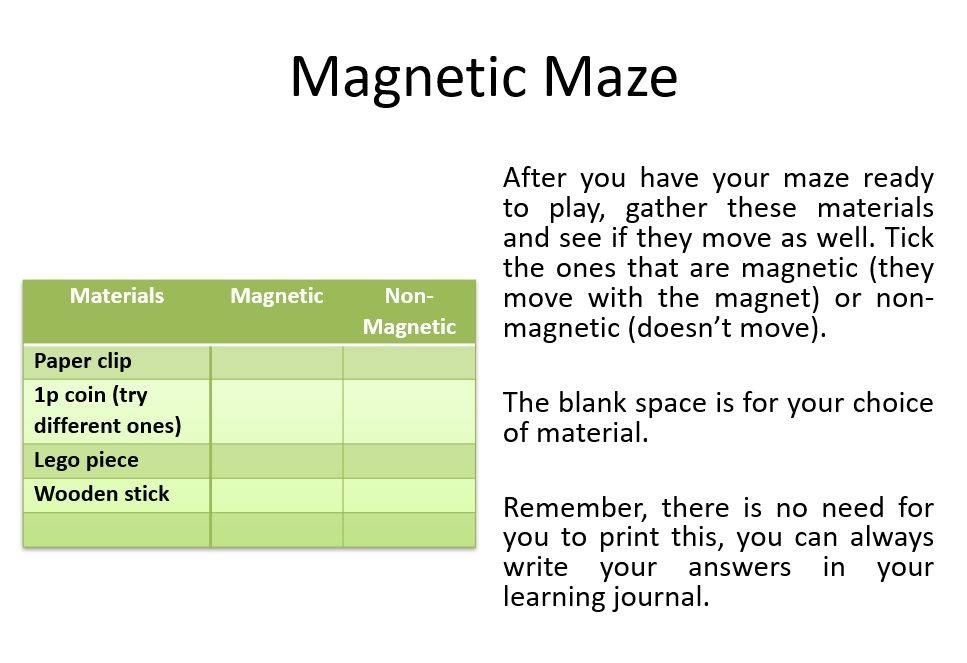
Science Behind
Magnets can stick to some metals, but not others. That is why only some of them moved. Magnetic materials include iron, nickel and metals that contain them. This includes some steels. Plastics and wood are not magnetic.
In 1992 the material of 1p coins changed from bronze non-magnetic to copper-plated steel which is magnetic. This was because it was too expensive to keep on making them. So the coins that don’t move means they are from before 1992!
Don’t forget to post a comment on how you did 🙂
Ms Maturana
During Eco fortnight we have encouraged you to
AND SO MANY OF YOU HAVE!
Our final health and wellbeing challenge is
to design a badge that we could use on the blog to encourage others to keep dandelions and grow pollinators
We are really looking forward to seeing your designs.
Go for it BUSY BEES!
If you need some ideas to get you started have a look at the SWAY.
Glow Blogs uses cookies to enhance your experience on our service. By using this service or closing this message you consent to our use of those cookies. Please read our Cookie Policy.